Magical photobiomodulation helmetï¼ As people's research on light and human disease treatment becomes more and more in-depth, photobiomodulation has been widely used in different clinical fields. As a non-invasive physical therapy method, ordinary users without professional knowledge can also control the dosage used to face the treatment of different diseases. Suyzeko infrared light therapy helmet is one of the tools frequently used in light therapy in the field of brain disease treatment. It uses 256pcs 810nm near-infrared LEDs attached to a four-layer oily circuit board, which is fully wrapped on the head. The touch screen controller can adjust the frequency and power of the LED, thereby stimulating the absorption of photon energy in different areas of the brain, thereby promoting a series of beneficial photobiomodulation reactions, repairing damaged brain cells, stimulating neural feedback regulation pathways, increasing brain oxygen content, ATP, and promoting brain blood circulation. The following is the mechanism of the Suyzeko pbm helmet: 810nm near-infrared light can easily penetrate the skull to reach the cytochrome C oxidase on the mitochondrial mountain of cells. It can inhibit inflammatory reactions in the brain, while promoting mitochondrial activity, and cell mitochondria produce more oxygen and ATP. These substances are used to repair damaged brain cells and provide energy for the regulation of neural feedback channels. Therefore, 810nm near-infrared light is used to treat a variety of brain diseases, mainly degenerative brain diseases, traumatic brain diseases, and brain emotional stress disorders. 2. Specific manifestations of 810nm near-infrared light on brain health: 1. Promote nerve regeneration • 810nm near-infrared light may stimulate the proliferation and differentiation of neural stem cells and promote the regeneration of damaged nerve cells. This has important therapeutic significance for patients with brain injuries, strokes and other diseases. • It can help restore damaged nerve function and improve the quality of life of patients. 2. Improve brain blood circulation • Near-infrared light can dilate brain blood vessels, increase blood flow, and improve the supply of oxygen and nutrients to the brain. • Good blood circulation helps maintain normal brain function and prevent and relieve brain diseases. 3. Reduce inflammatory response • Brain inflammation is an important pathological process in many neurological diseases. 810nm near-infrared light may have anti-inflammatory effects, reduce inflammatory responses, and protect nerve cells. • This has potential value for the treatment of neurodegenerative diseases, brain infections, etc. 4. Non-invasive treatment • Compared with traditional brain treatment methods, 810nm near-infrared brain treatment is a non-invasive treatment method that does not require surgery or drug injections. • This reduces the risks and side effects of treatment and improves patient acceptance. If Suyzeko 810nm photobiomodulation helmet really good for brain health? Below are the experiments we did and the feedback from our cleints. One of the experiments cooperate with the Complementary and Integrative Laser Medicine,Biomedical Engineering in Anesthesia and Intensive Care Medicine,Medical University. Showed a clear response of cerebral rSO2 in relation to the our PBM helmet stimulation. December,2018. Figure 1: Results of the increase in the regional cerebral oxygen saturation during and after stimulation on the left and right side. Figure 2: Results from thermal imaging of the first pilot measurement using the new stimulation helmet. Note the increase in temperature on the helmet (upper row, a before, b during, and c after stimulation) on the forehead (middle row; d-f) and on the chin (lower row, g-i) One of the experiments cooperate with theGerman Healthcare field organization Showed a clear response of NADH reduction, which means the increasing of ATP in relation to our PBM helmet stimulation. May,2019 Conclusion: This kind of wavelengths is described as activating different chromophores at the cortical level promoting the modulation of cellular oxidative stress, neurometabolic and neuroinflammatory processes involved in different neurological disease. Our sample, since it is a pilot study, is small but may start to increase our work with this type ofNIR device and proving the effect on everyday life in different diseases. The results from the compilation of the Cognitive Self-Assessment Questionnaire, in the two time period before (Test 1) and after (Test 2) NIR therapy, show a clear improvement in the perception of the symptoms in all the analyzed clusters: concentration, inattention/distraction, interpersonal intelligence and memory. Specifically, Alzheimer's patients noticed a significant improvement in all the questions merged in the clusters with the greatest perceived improvement in the memory cluster. The same level of improved perception is observed by patients with Cerebral Vasculopathy.In patients with Dementia, the improvement is particularly evide CUSTOMER FEEDBACK photobiomodulation helmet, pbm helmet,Infrared light therapy Helmet,810nm 1070nm pbm helmet, rtms helmet Shenzhen Guangyang Zhongkang Technology Co., Ltd. , https://www.syztreatment.com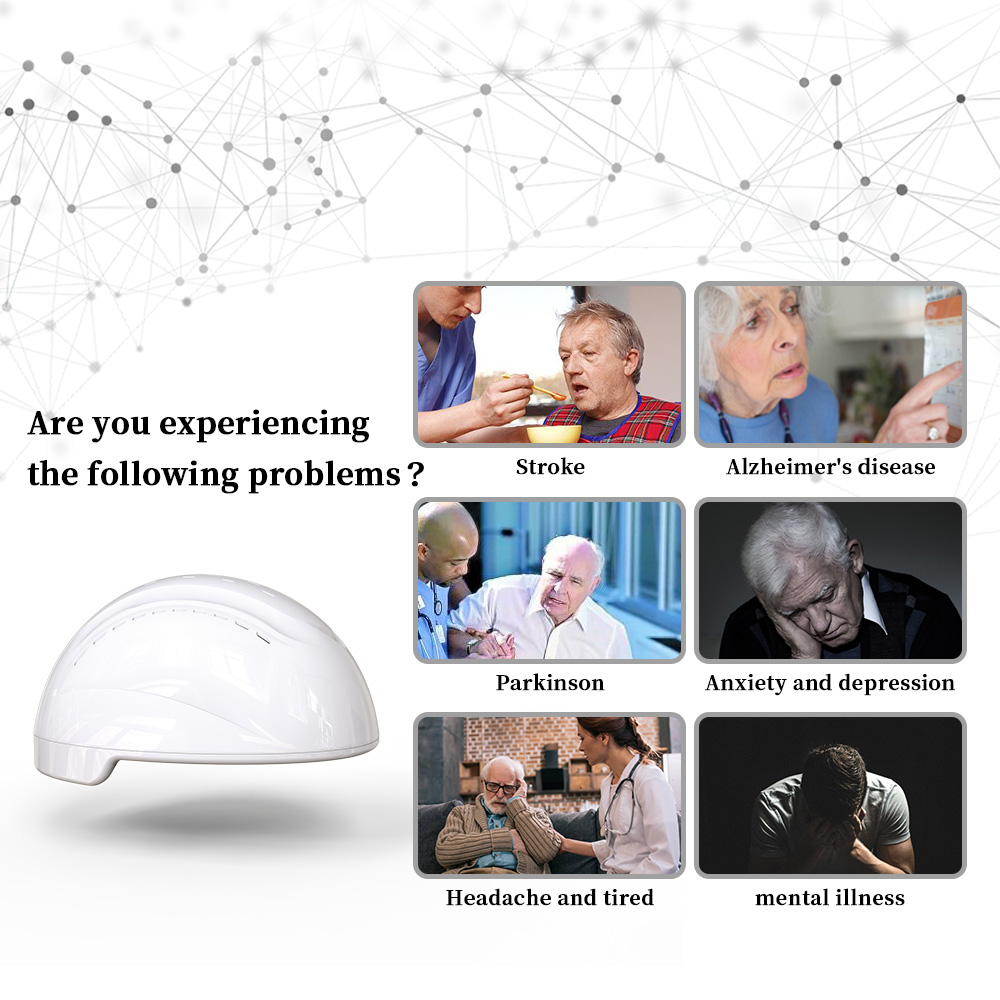
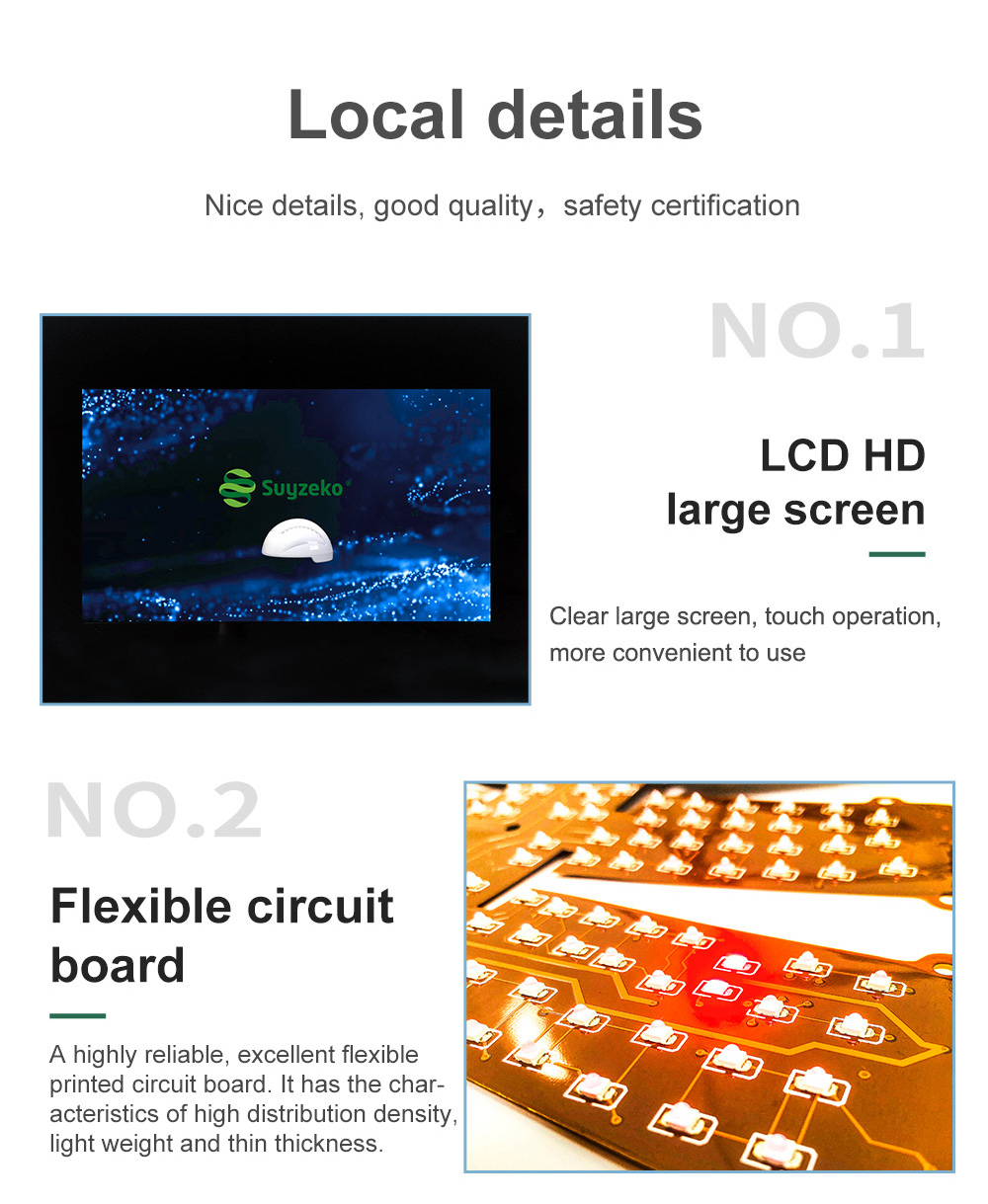
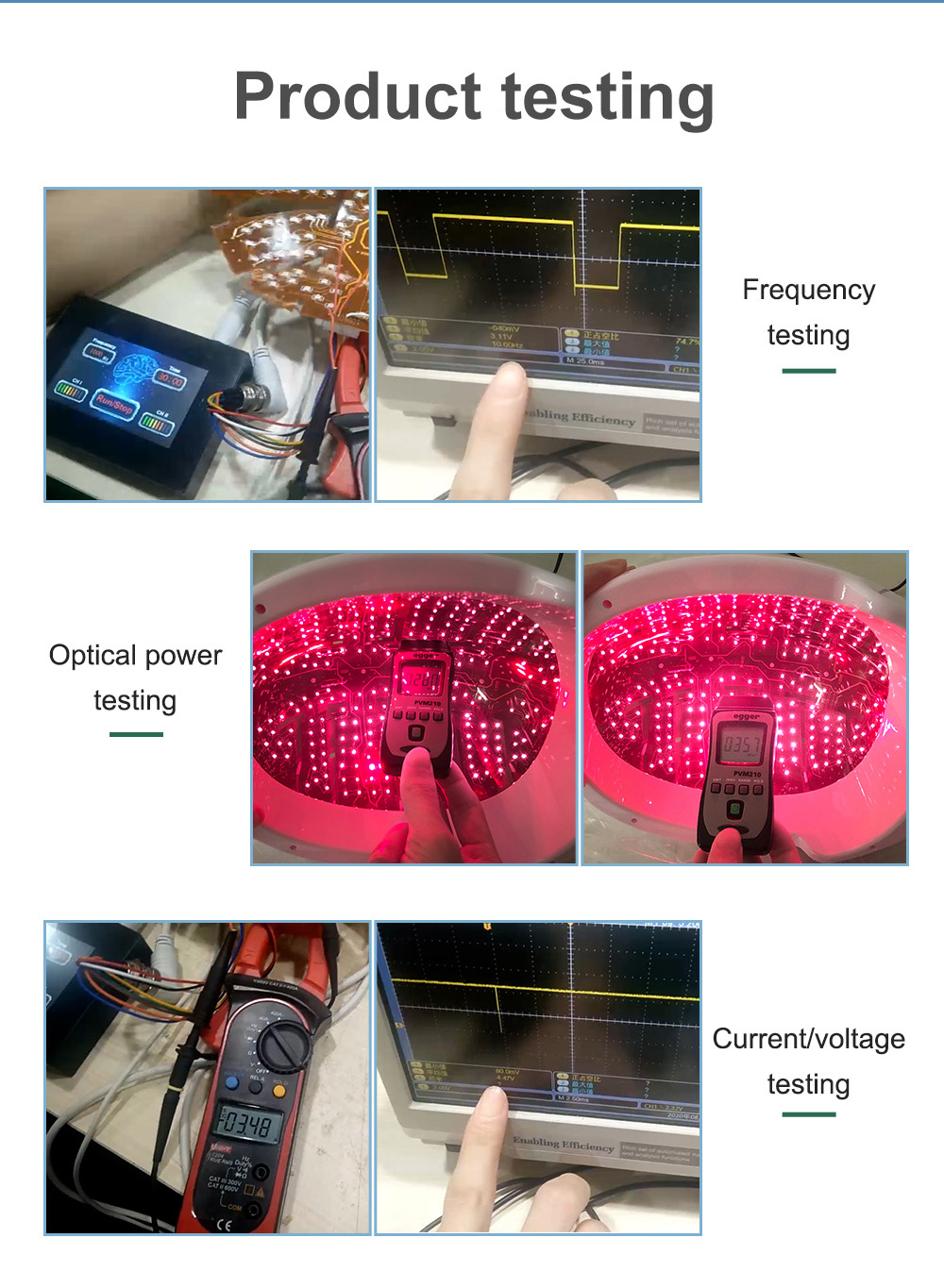
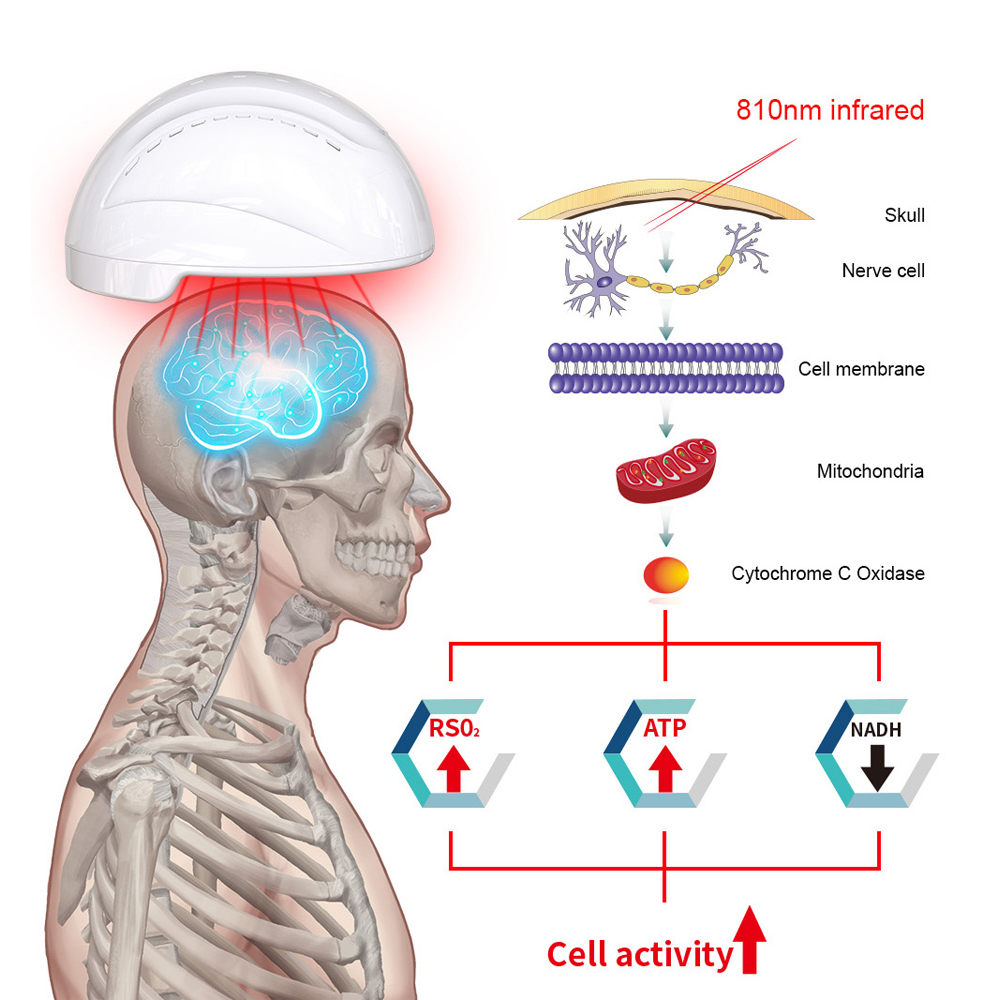
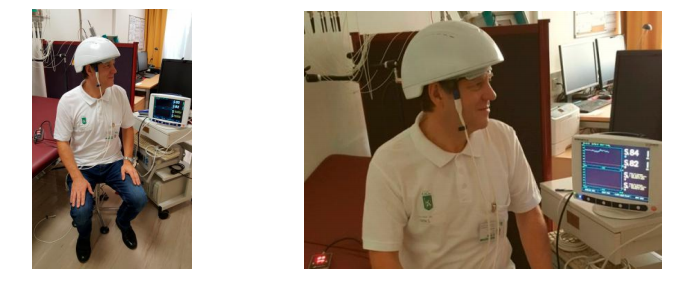
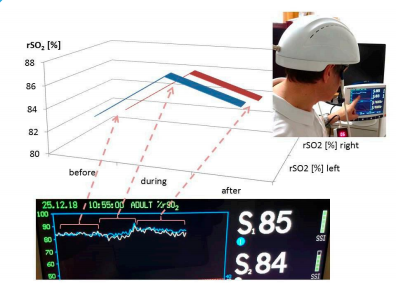
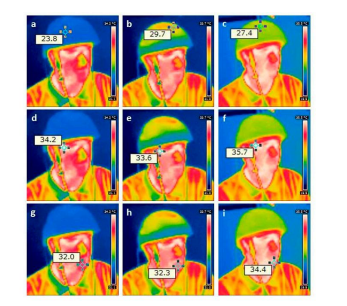
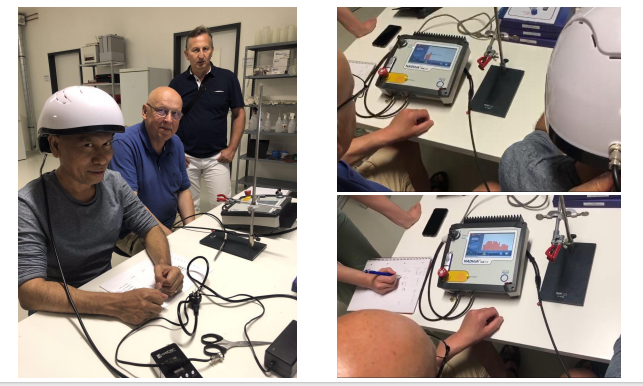
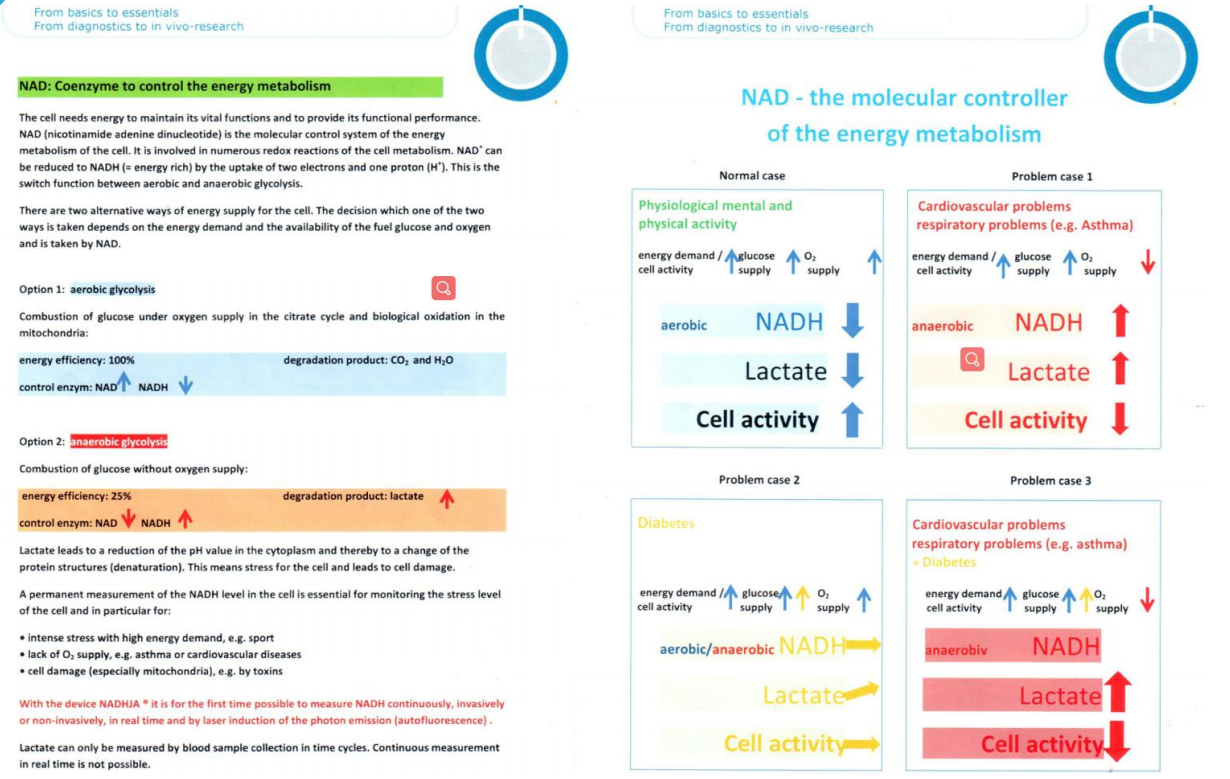
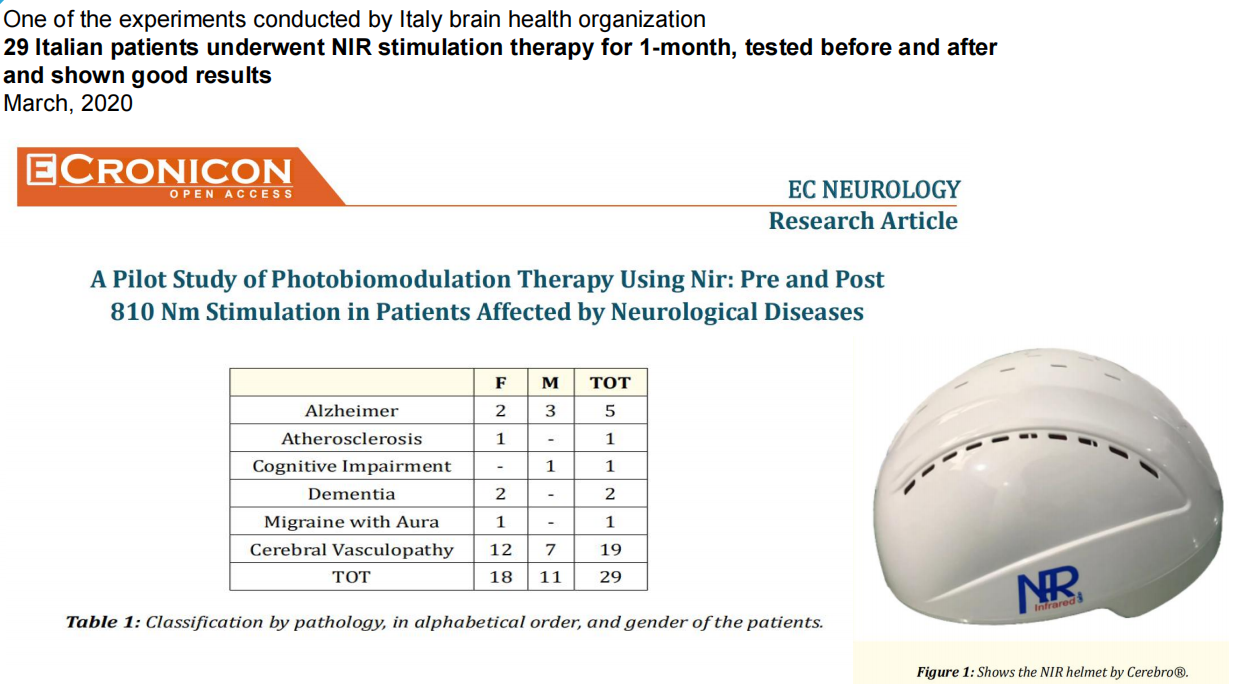

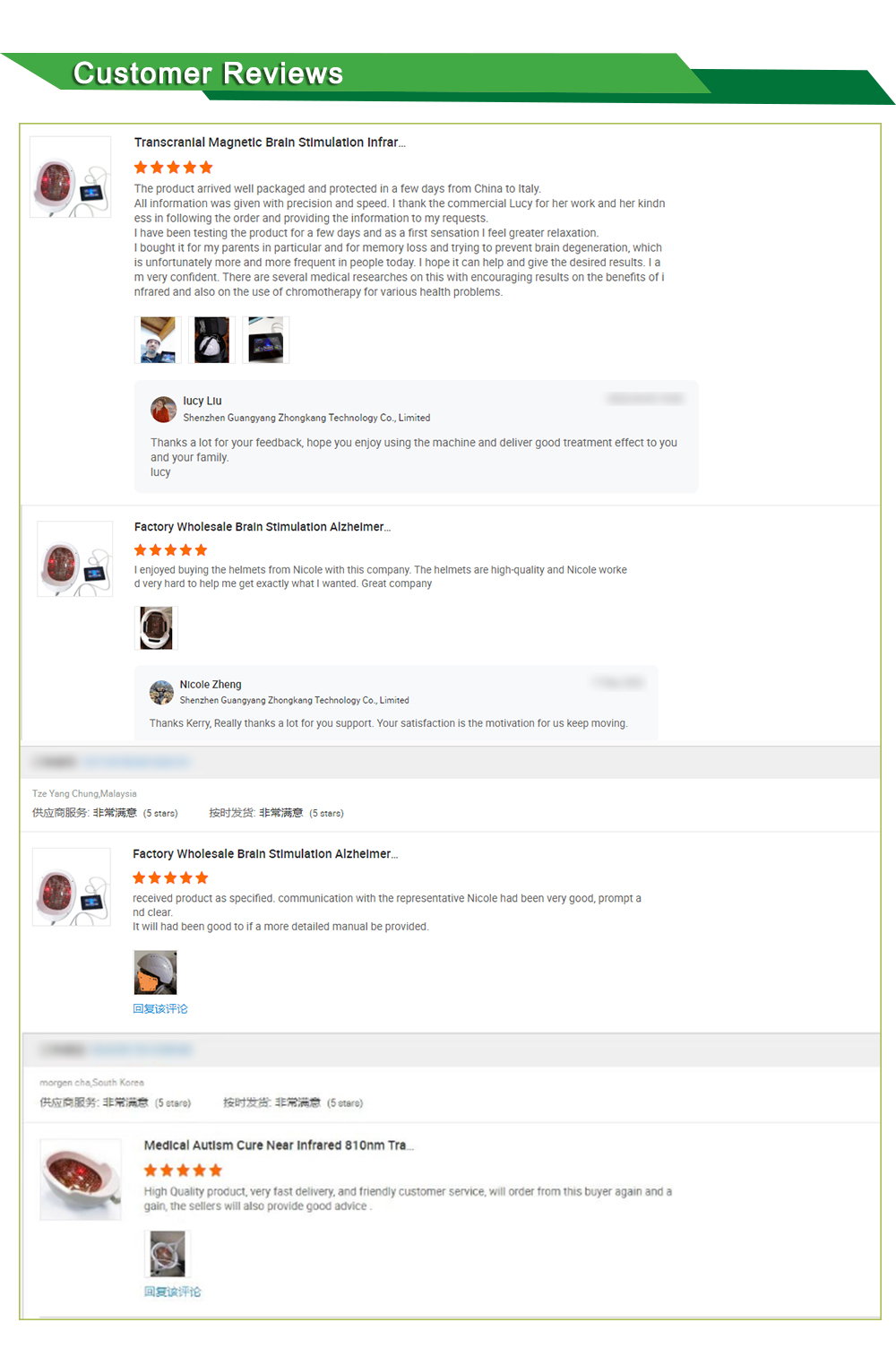
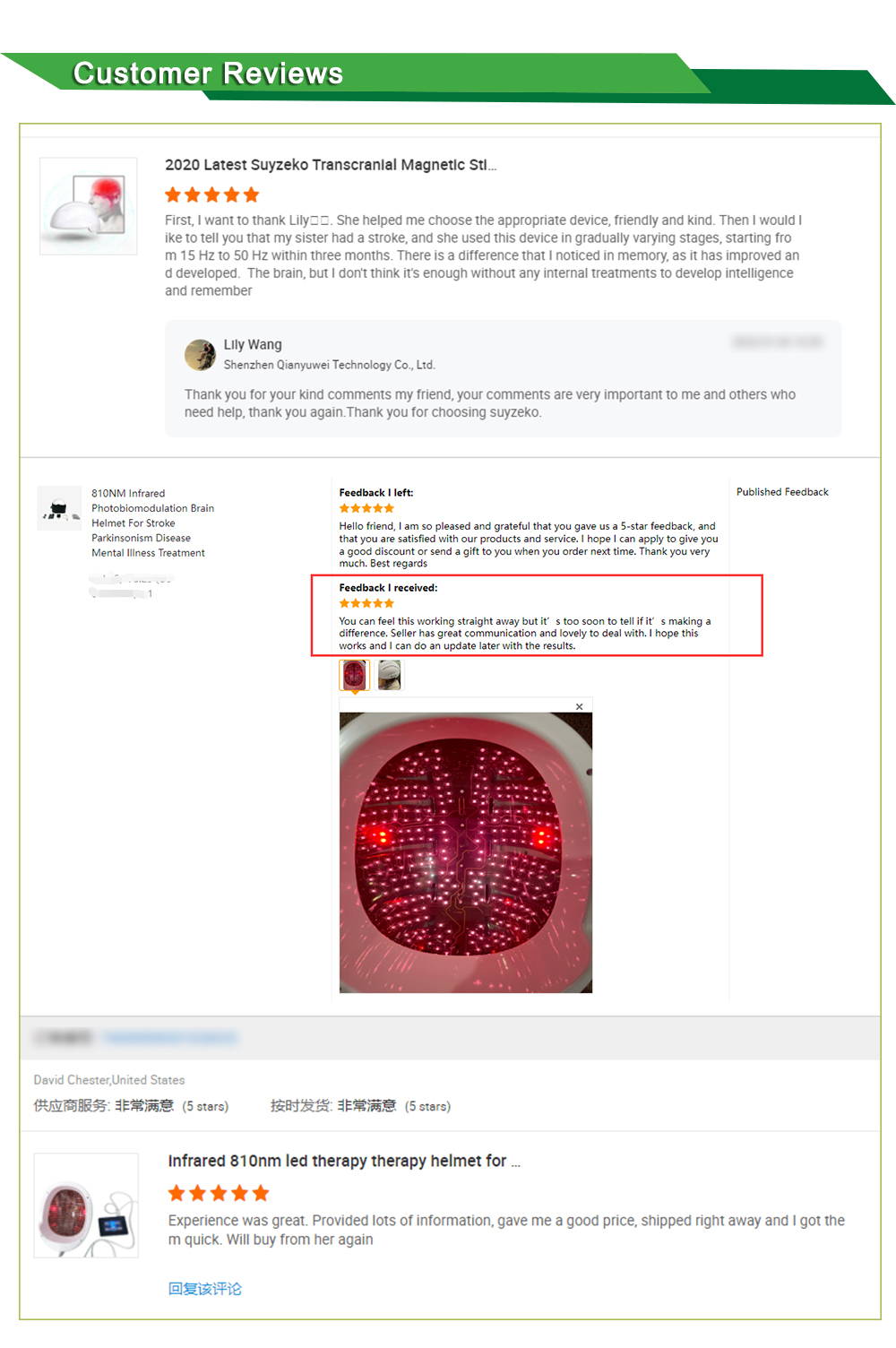
Talking about the Production of Non-polluted Fruits
Comprehensive prevention and control of pests and diseases minimizes pesticide residues. The production of pollution-free fruit should use no or less pesticides. Therefore, the prevention and control of pests or diseases in orchards should start from the entire ecological system of fruit trees, such as diseases, weeds and weeds, and comprehensively apply various prevention and control measures to create diseases that are not conducive to the occurrence of pests and weeds, which is conducive to the reproduction of various natural enemies. In the environmental conditions, we must give full play to natural enemies, agricultural measures, and the role of parasitic resistance, but only use low-toxicity, low-residue pesticides when it is really necessary. Through comprehensive management, the pests and diseases are effectively controlled below the allowable range, and the pesticide residues in fruit products are controlled below the national safety standards. The protection and use of natural enemies and the full use of natural enemies can be released in orchards in the early winter before they are collected and parasitized. Strictly control the types of medications, try to use biological pesticides, and do not use drugs or use less drugs when natural enemies are multiplying to protect natural enemies and use natural enemies to control pests. There are mainly four kinds of agricultural measures to prevent and treat pests and diseases: First, reduce the source of pests and diseases. In the winter, the dormancy of fruit trees combined with pruning removes the branches, diseased fruits, and rough skin, removes litter on the surface, and burns or buries them centrally. The second is to cover the mulch in early spring to prevent bacteria and insects from attacking trees. The third is fruit bagging. Implement fruit bagging supporting technology. The fourth is to strengthen the comprehensive management of soil and fertigation, reasonably pruning, strict thinning and fruit thinning, increase tree vigor, increase tree disease resistance, and strictly implement pesticide safety intervals. It is generally required that spraying be stopped 20-30 days before fruit harvesting to ensure that there is no residue in the fruit, or that there is a small amount of residue but not exceeding the standard. Apply fertilizer scientifically. Fertilizer is an important source of nutrition for fruit trees. The principle of fertilization is: No matter what kind of fertilizer is applied, it will not cause pollution to the environment and fruit, and it will not affect the human health caused by residues of harmful substances in fruit. The current state of fertilization of fruit trees should be focused on three points: The first is to implement soil testing and formulated fertilization. That is, according to the nutrient content of the soil, what is lacking to supplement it, to prevent blindly increasing the amount of fertilizer, scientifically fertilize according to soil and fruit tree demand, and to implement the "Guidelines for Fertilizer Application" formulated by the China Green Food Development Center. The second is to increase the organic fertilizer and increase the organic content of orchard soil. Promote the application of green manure and straw to the field. Strengthen fruit picking, storage and transportation management to prevent new pollution. According to the needs of the market, it is harvested at the best fruit quality to prevent premature or late. Before fruit storage or export, it must be strictly grading according to the standard. After grading, the fruit should be packaged with wax paper or plastic mesh cover. All packaging materials should be clean, non-toxic, and have no odor. During the storage period, the fruit should not be kept fresh with chemicals. It should be stored in a dedicated air-conditioned storehouse or constant-temperature store. The store should be ventilated and kept clean. The tools for transporting fruits should be clean and must not be mixed with poisonous and harmful materials to prevent secondary pollution of fruits.
If you are suffering from the brain diseases and want to get a chance to improve, you can consider Suyzeko 810nm infrared light therapy helmet. We have cooperated with many brain researchers, can provide some treatment protocol as reference. Get more details about the rtms helmet, free to contact us